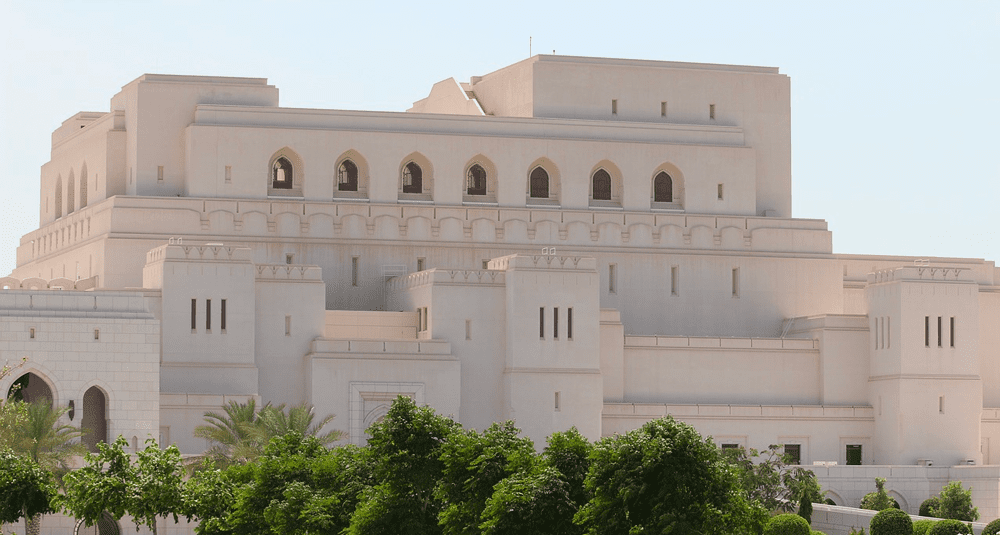What is the capital of Oman?
Last Updated:
Muscat is the capital of the Sultanate of Oman, nestled between the rugged mountains and sparkling waters of the Gulf of Oman. This coastal city is the political, economic and cultural heart of the country, offering a harmonious blend of ancient traditions and modernity.
Located on Oman’s northeast coast, Muscat covers an area of around 3,500 km². The city is surrounded by the Hajar Mountains, creating a spectacular landscape where the mountains meet the sea. This strategic geographical position has made Muscat an important port throughout history, fostering commercial and cultural exchanges.
Muscat’s history dates back to antiquity, when it served as a meeting point for trade routes linking East and West. In the 16th century, the city was occupied by the Portuguese, who built forts to protect their commercial interests. These forts, Al Jalali and Al Mirani, can still be seen today and bear witness to this colonial era. Over the centuries, Muscat has preserved its heritage while adapting to modern developments.
Muscat is renowned for its rich culture and well-preserved heritage. The Mutrah souk, one of Oman’s oldest markets, offers an authentic experience with its colorful stalls and aromatic spices. The Grand Mosque of Sultan Qaboos, with its majestic architecture, is a symbol of the Islamic faith and contemporary Omani art. Muscat’s Royal Opera House reflects the country’s commitment to arts and culture, hosting renowned international performances.
Oman’s economic hub, Muscat is home to numerous government institutions, businesses and modern infrastructure. Muscat’s port plays a crucial role in maritime trade, facilitating international exchanges. The city has also invested in tourism, attracting visitors with its historic sites, pristine beaches and natural landscapes.
Muscat’s must-see attractions include Al Alam Palace, the sultan’s official residence, surrounded by the Portuguese forts of Al Jalali and Al Mirani. The National Museum of Oman offers an insight into the country’s history and culture. The beaches of Qurum and Al Bustan are popular for their crystal-clear waters and water sports. The Mutrah corniche, with its seafront promenade, offers panoramic views and a lively atmosphere, especially in the evening.
Muscat’s population is a mix of Omani citizens and expatriates, creating a vibrant cultural mosaic. The city is known for its hospitality and peaceful atmosphere. Omani traditions are deeply rooted, but the society is open to modern influences, which is reflected in its cuisine, fashion and festivals.
Muscat, the capital of Oman, is a city where past and present coexist harmoniously. With its rich heritage, vibrant culture and modern development, it offers visitors a unique experience and is the beating heart of the Sultanate of Oman.
You may also be interested in
geography

What is the capital of Oman?
Answer
Muscat is the capital of the Sultanate of Oman, located on the coast of the Gulf of Oman, combining tradition and modernity in a picturesque setting.